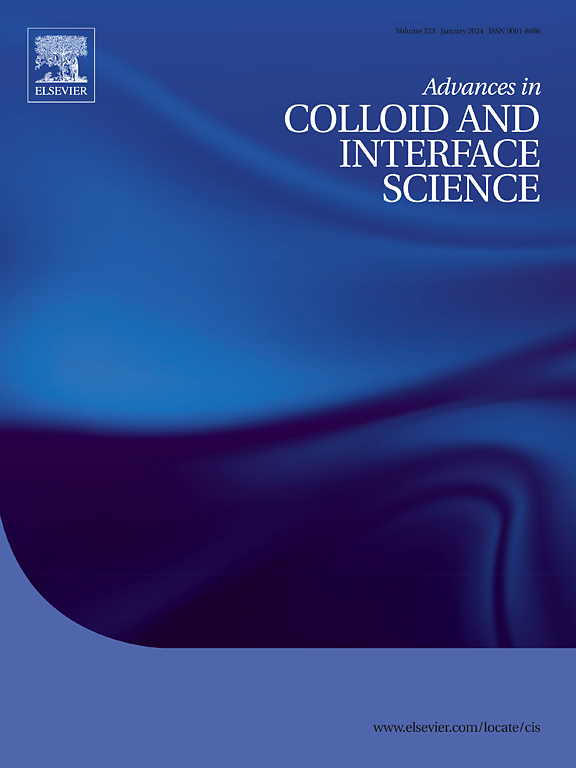Combined treatment strategy of hydrogel dressing and physiotherapy for rapid wound healing
IF 15.9
1区 化学
Q1 CHEMISTRY, PHYSICAL
引用次数: 0
Abstract
Wound care for open wounds is essential for reducing pain, protecting open wounds, speeding up the healing process and avoiding scar formation. Among the various three-dimensional (3D) carrier biomaterials such as films, sponges, and hydrogels, hydrogels are chemically and physically most similar to the natural extracellular matrix (ECM). Meanwhile, hydrogels are also common 3D carriers that can be efficiently loaded with drugs or cells. In addition, it forms a protective barrier on the wound surface to prevent secondary external infections and has the effect of directing skin cell expansion, tissue infiltration, and wound closure. However, the role of functional drugs in wound healing also faces a number of issues such as resistance, dosage, activity, and stability; therefore, a richer array of therapies is needed for wound repair and other areas of development. Physiotherapy, also known as nonpharmacological therapy, is a commonly used clinical treatment. Recently, more and more physiotherapy have been used for wound repair due to their high efficiency and low irritation. In recent reports, many researchers have tended to use hydrogel dressings in combination with physiotherapy, and this combination therapy is beneficial because it can both protect the wound microenvironment and accelerates wound healing. Therefore, this paper reviews the combined use of hydrogel dressings and physiotherapy in wound healing. We present the characteristics of hydrogel and physiotherapy and focus on the progress and problems of these two combined therapies in recent years.

水凝胶敷料与物理治疗联合治疗创面快速愈合的策略
开放性伤口的伤口护理对于减轻疼痛、保护开放性伤口、加速愈合过程和避免疤痕形成至关重要。在各种三维(3D)载体生物材料中,如薄膜、海绵和水凝胶,水凝胶在化学和物理上与天然细胞外基质(ECM)最相似。同时,水凝胶也是常见的3D载体,可以有效地装载药物或细胞。此外,它在创面形成保护屏障,防止继发性外部感染,并具有指导皮肤细胞扩张、组织浸润和伤口愈合的作用。然而,功能性药物在伤口愈合中的作用也面临着耐药性、剂量、活性、稳定性等诸多问题;因此,伤口修复和其他领域的发展需要更丰富的治疗方法。物理治疗,又称非药物治疗,是一种常用的临床治疗方法。近年来,物理疗法因其高效、低刺激性等优点,越来越多地应用于创面修复。在最近的报道中,许多研究者倾向于将水凝胶敷料与物理治疗联合使用,这种联合治疗是有益的,因为它既可以保护伤口微环境,又可以加速伤口愈合。因此,本文就水凝胶敷料与物理治疗在伤口愈合中的联合应用进行综述。本文介绍了水凝胶和物理疗法的特点,重点介绍了近年来两种联合疗法的进展和存在的问题。
本文章由计算机程序翻译,如有差异,请以英文原文为准。
求助全文
约1分钟内获得全文
求助全文
来源期刊
CiteScore
28.50
自引率
2.60%
发文量
175
审稿时长
31 days
期刊介绍:
"Advances in Colloid and Interface Science" is an international journal that focuses on experimental and theoretical developments in interfacial and colloidal phenomena. The journal covers a wide range of disciplines including biology, chemistry, physics, and technology.
The journal accepts review articles on any topic within the scope of colloid and interface science. These articles should provide an in-depth analysis of the subject matter, offering a critical review of the current state of the field. The author's informed opinion on the topic should also be included. The manuscript should compare and contrast ideas found in the reviewed literature and address the limitations of these ideas.
Typically, the articles published in this journal are written by recognized experts in the field.

 求助内容:
求助内容: 应助结果提醒方式:
应助结果提醒方式:


